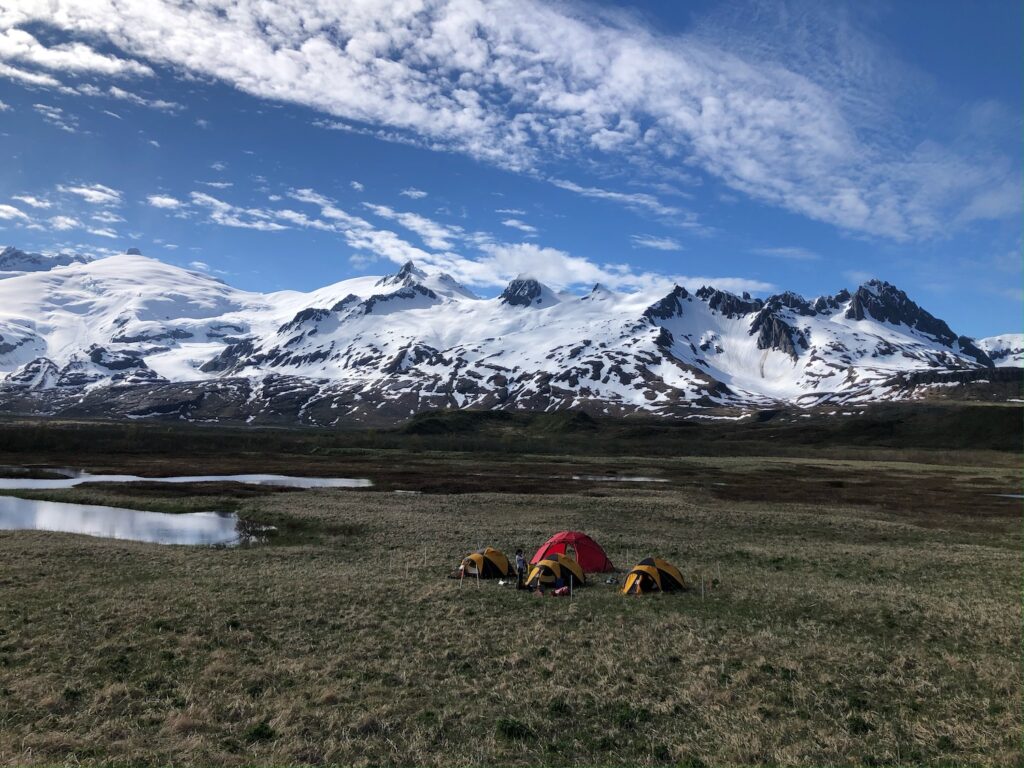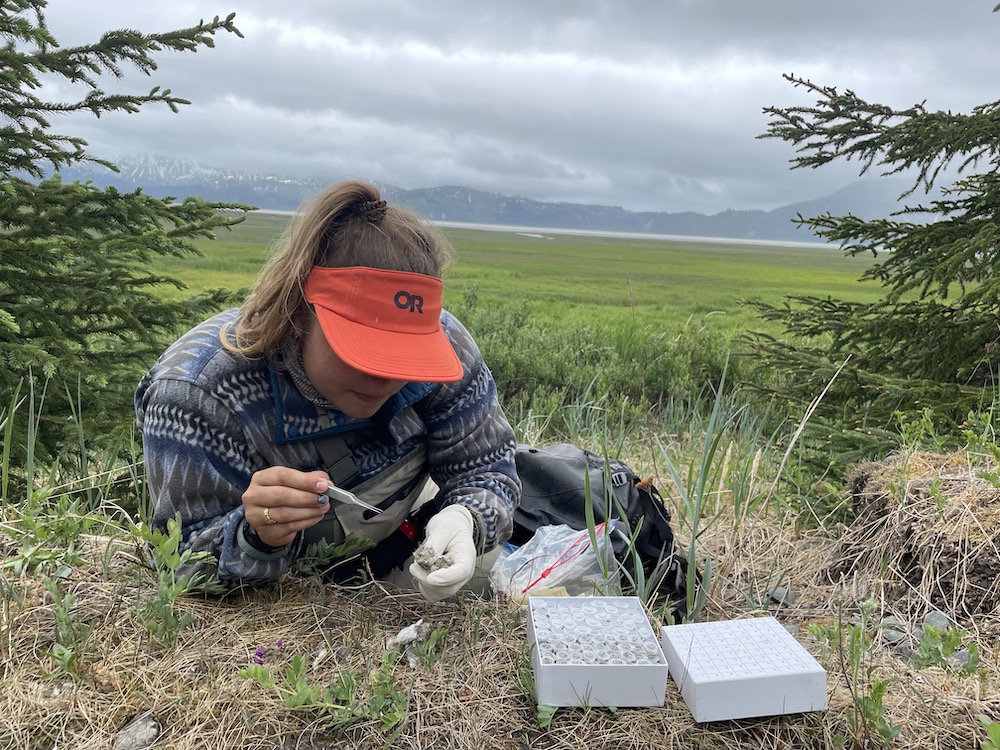This week we are chatting with new ID host Selene Ross on her path to earning an MFA in fiction in the School of Writing, Literature, and Film. Inspired by her upbringing and life in northern California, Selene’s interest lies in looking deeper at why we believe what we believe, exploring power, women, and trust through short stories. What makes a short story different than a novel? In short stories, nothing has to change except everything to change, leading to a “surprising but inevitable” ending.
Selene began her journey at UC Santa Barbara studying Environmental Science and Sociology, focusing on the native plants of Central California. Straight from undergrad, she moved to Berlin, Germany on an au pair visa and became part of a vibrant community of writers and poets. After moving back to the U.S., Selene looked to radio as a way to do creative work and worked with various production companies prior to starting here at Oregon State. In wanting to stay connected with the audio world she is starting her own show on KBVR, Mystic Yarn, and joining us here at Inspiration Dissemination.
What does getting an MFA in creative writing look like? This program encompasses two main areas, writing workshops and more interdisciplinary “craft” classes. The workshop is where students submit original work and gather critiques from peers, while the “craft” classes are more generative, and a place to draw inspiration from other areas of creative expression, like poetry or non-fiction. The final hurdle is the thesis defense, which can take many forms depending on the area of focus. In Selene’s case, this will look like a collection of fiction short stories.
Tune in this week to hear all about her writing process, how she incorporates “spooky” into her writing, and listen to an excerpt from her work.



